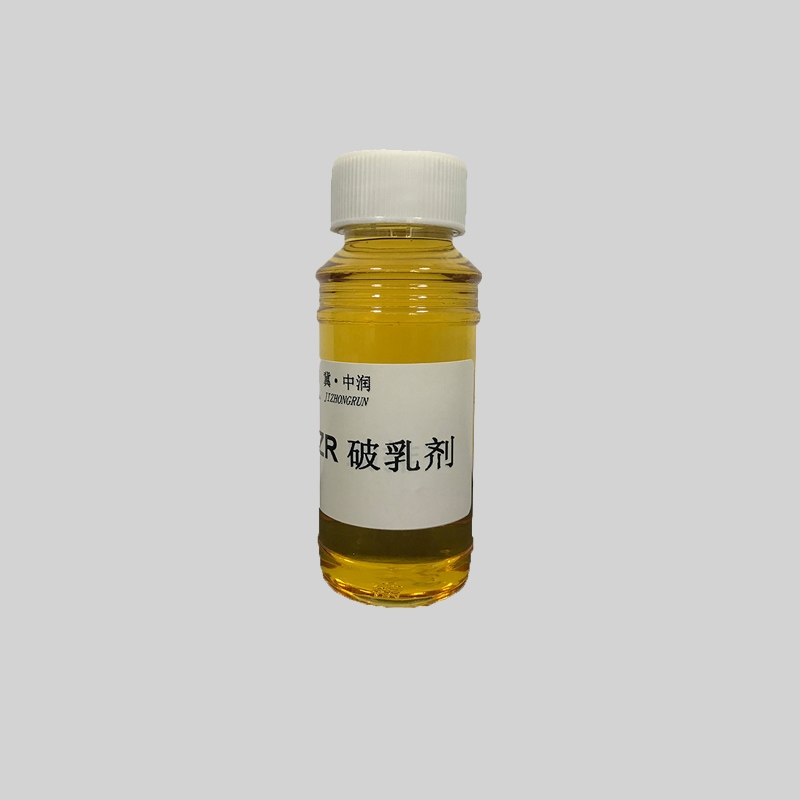The desulfurization effect of sulfur removal agents can be measured by the following aspects:

The reduction of SO2 concentration in flue gas: SO2 in flue gas is an oxidation product of sulfur in fuels such as coal, and is also one of the atmospheric pollutants. Therefore, the decrease in concentration can directly reflect the sulfur removal effect of the sulfur removal agent. The sulfur removal effect can be determined by continuously monitoring the concentration of SO2 in the flue gas. By comparing it with the absence of a sulfur removal agent, the sulfur removal rate of the sulfur removal agent can be calculated. In general, the higher the sulfur removal rate of a sulfur removal agent, the better the sulfur removal effect.
The reduction of sulfur content in ores: Desulfurizing agents can react with the sulfur in the fuel during combustion to generate easily recoverable substances such as sulfates. By measuring the decrease in sulfur content in the fuel, it can indirectly reflect the sulfur removal ability of the sulfur removal agent.
The reduction of sulfur content in emissions: After the action of sulfur removal agents, sulfur in ores will be discharged in the form of adhering to solid particles. By collecting solid particles and measuring their sulfur content reduction, the sulfur removal effect of sulfur removal agents can be evaluated. At the same time, the particle size distribution and morphology of solid particles can also be analyzed to evaluate the effect of sulfur removal agents on reducing particle suspension.
Changes in other pollutants in flue gas: While sulfur removal agents remove SO2 from the flue gas, they may also have a certain impact on other pollutants. The pollution removal effect of sulfur removal agents can be comprehensively evaluated by measuring the concentration changes of other pollutants in the flue gas, such as NOx and particulate matter.
Stability of sulfur removal agents and emissions of additives: The stability of sulfur removal agents in the reaction is also an important indicator for measuring the effectiveness of sulfur removal. The higher the stability of the sulfur removal agent, the longer the sulfur removal effect. In addition, during the process of adding sulfur removal agents, some additives (such as wastewater, exhaust gas, etc.) may be generated, and the emission of these additives also needs to be monitored and evaluated.
In summary, the sulfur removal effect of sulfur removal agents can be measured by multiple indicators such as the decrease in SO2 concentration in flue gas, the decrease in sulfur content in ore, the decrease in sulfur content in emissions, changes in other pollutants in flue gas, as well as the stability of sulfur removal agents and the emission of additives. Different indicators can confirm each other and comprehensively evaluate the sulfur removal effect of sulfur removal agents.
Mobile phone: 18632116121
Email: zhongrunhuaxue@163.com
Address: West District, Lingang Economic and Technological Development Zone, Cangzhou, west to Jingsi Road